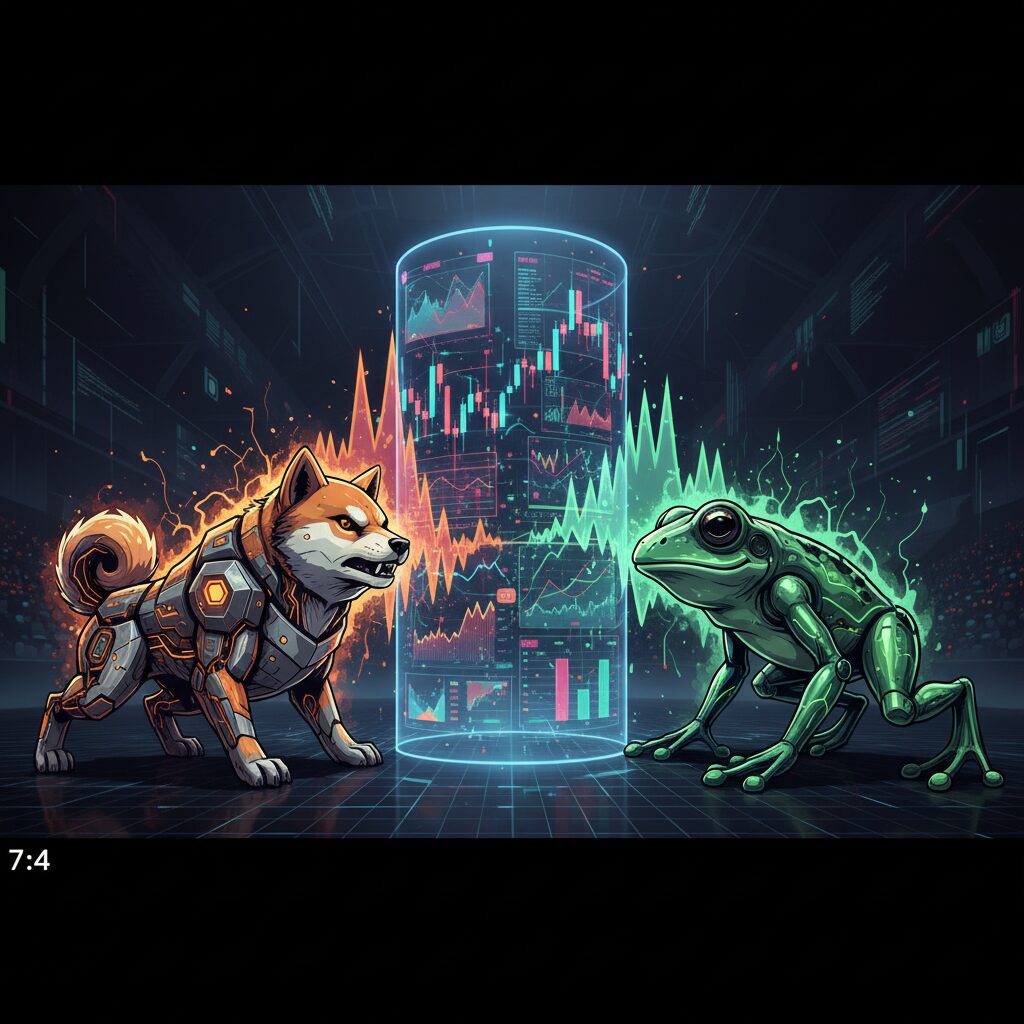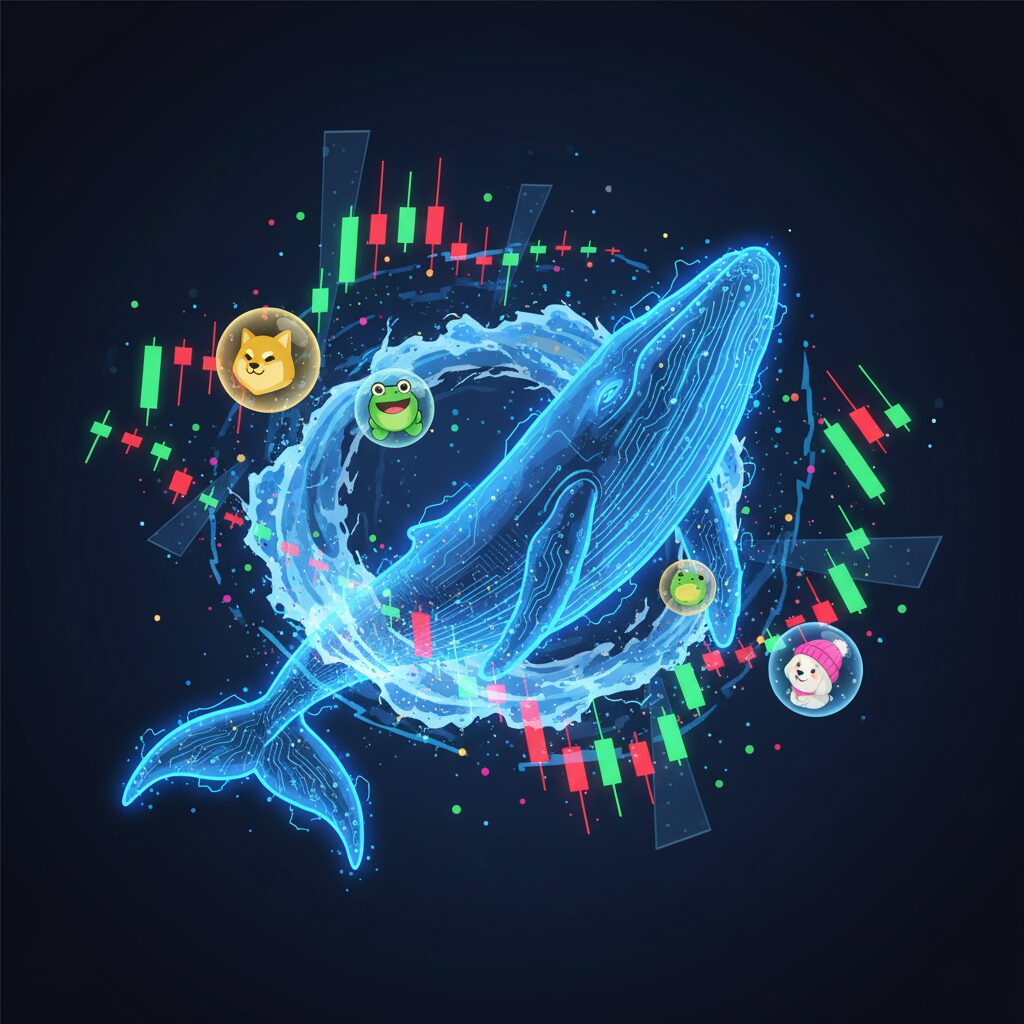Shibarium’s Fading Promise: Why Shiba Inu’s Layer-2 Is Being Called a Ghost Chain

A Struggle to Evolve Beyond Meme Status
Shiba Inu’s ambitious attempt to transition from a popular meme coin into a serious blockchain ecosystem is facing significant headwinds. Its layer-2 network, Shibarium, was launched in 2023 to add genuine utility and value to the project. However, it has largely failed to capture the interest of developers or users, leading to a sharp decline in network activity and growth.
Plagued by low engagement and recent technical setbacks, Shibarium is struggling to gain a foothold. With few new projects joining and users departing, the network’s on-chain activity has dwindled, prompting many in the crypto community to label it a “ghost chain.”
The Data Behind the Decline
Shibarium’s core metrics paint a clear picture of its challenges. According to data from DeFi Llama, the network has attracted only 18 developers since its inception—a stark contrast to other blockchains that boast hundreds or thousands of active contributors. This lack of developer interest has had a direct impact on the ecosystem’s financial health.
The Total Value Locked (TVL), a key indicator of capital invested in a network’s decentralized finance protocols, has collapsed to a mere $878,000. Furthermore, Shibarium has failed to attract a single stablecoin project, a critical component for any thriving DeFi ecosystem. Newer layer-2 competitors like Base, Arbitrum, and Linea have already established significant leads, leaving Shibarium far behind.
Security Issues Compound the Problem
The situation worsened following a recent security compromise on ShibaSwap, the most prominent decentralized application (dApp) on the network. The attack severely damaged user confidence and led developers to temporarily halt a crucial bridge connecting Shibarium to other blockchains. Although the bridge is now operational, the incident brought much of the network’s activity to a standstill.
This drop in activity has also crippled one of Shibarium’s key features: the SHIB token burn. The network was designed to use a portion of its transaction fees to buy and burn SHIB, reducing the token’s total supply and theoretically supporting its price. With transactions now at a minimum, this burn mechanism has slowed to a crawl, undermining a central part of its token economics.
Ultimately, the combination of dwindling users, developer apathy, and low on-chain activity suggests that Shibarium’s goal of becoming a robust and useful blockchain has not materialized. Instead of evolving into a major crypto platform, it stands as a cautionary tale of a project struggling to find its purpose.










